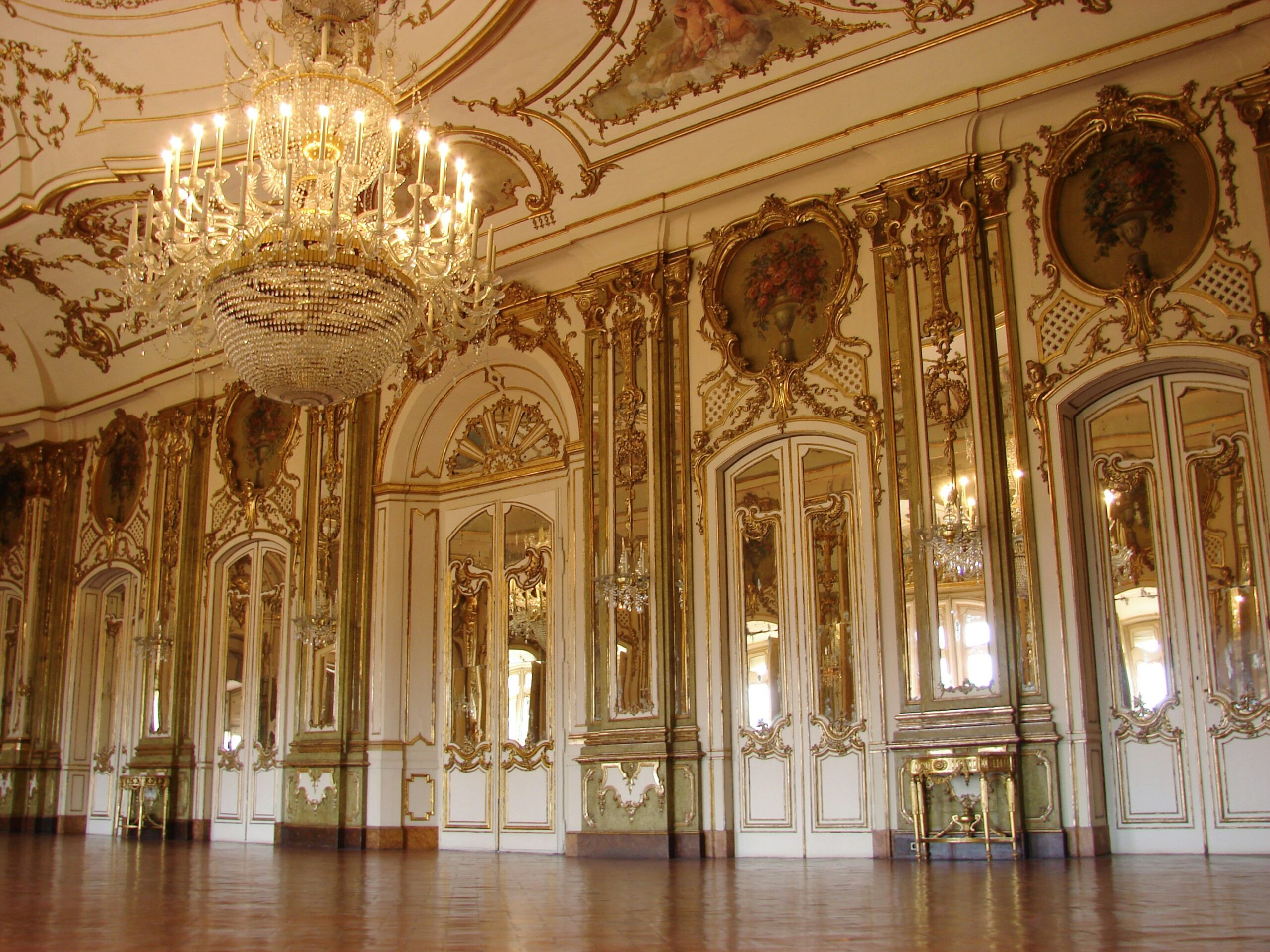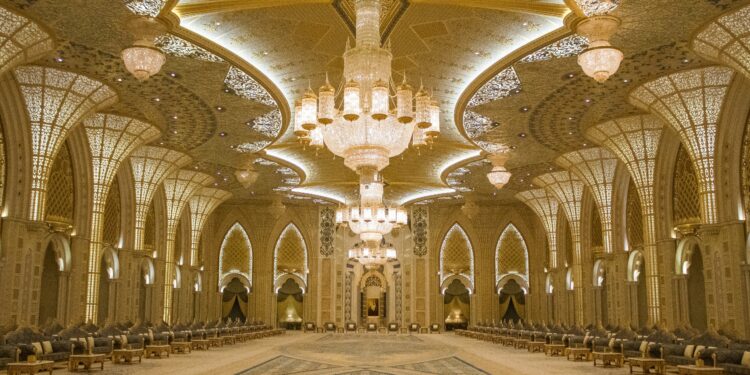The question of who’s paying for Trump’s $300 million ballroom has now become a hot topic across political and social circles in America. The White House recently confirmed that the new ballroom, a grand addition to the presidential residence — will be funded entirely by private donors. But the list of names attached to this “gift” raises some questions about influence, loyalty, and what power truly costs in today’s politics.
The Glittering List of Donors
According to a list released by the White House, the donors funding Trump’s ballroom include some of the world’s biggest companies and wealthiest individuals. Tech giants like Amazon, Apple, Google, Meta, and Microsoft are all on the list, along with names like Lockheed Martin, Coinbase, T-Mobile, and Ripple. Even the Adelson Family Foundation and the Winklevoss twins — known for their cryptocurrency empire — are contributing to this golden project.

The full list, as provided by the White House:
Altria Group Inc.
Amazon
Apple
Booz Allen Hamilton Inc.
Caterpillar Inc.
Coinbase
Comcast Corporation
J. Pepe and Emilia Fanjul
Hard Rock International
Google
HP Inc.
Lockheed Martin
Meta Platforms
Micron Technology
Microsoft
NextEra Energy Inc.
Palantir Technologies Inc.
Ripple
Reynolds American
T-Mobile
Tether America
Union Pacific Railroad
Adelson Family Foundation
Stefan E. Brodie
Betty Wold Johnson Foundation
Charles and Marissa Cascarilla
Edward and Shari Glazer
Harold Hamm
Benjamin Leon Jr.
The Lutnick Family
The Laura & Isaac Perlmutter Foundation
Stephen A. Schwarzmann
Konstantin Sokolov
Kelly Loeffler and Jeff Sprecher
Paolo Tiramani
Cameron Winklevoss
Tyler Winklevoss
In a statement earlier this week, Trump announced that the ballroom’s cost had risen from $200 million to $300 million, insisting that “not a single taxpayer dollar” would be used. Nothing that expensive comes without hidden strings. When corporations and billionaires start funding presidential vanity projects, the public always ends up paying in other ways.
The Price of Power
The big question about who’s paying for Trump’s $300 million ballroom is not just about the money, it’s about what these donors expect in return. Tech companies and financial giants don’t write checks for free. They invest in access, influence, and favor. And when the president becomes the center of such a massive donor-funded project, it turns what should be a public institution into a playground for the rich and connected.
Some persons are already pointing out that these same companies often rely on government contracts, tax breaks, or soft regulation. It’s hard to ignore how neatly that aligns with their generosity. A few million dollars toward a ballroom could easily open the right doors later, especially in Washington’s world of political rewards.
A Vanity Project in the People’s House
What makes this story stand out is the symbolism. The White House is supposed to represent the American people not the billionaire class. Turning it into a construction site for a luxury ballroom paid for by corporations feels like a modern-day version of “let them eat cake.” It reflects a growing divide between ordinary Americans struggling with inflation and the elite who can casually fund a $300 million building just to dance under golden lights.
For many, Trump’s decision to build such a project at a time when Americans are tightening their belts feels tone-deaf. Even if he’s not using public money, the message is clear: this is a presidency that loves grandeur more than restraint.
When Politics Becomes a Performance
The ballroom itself might be stunning, marble floors, chandeliers, and gold trimmings — but it’s also a stage. Trump has always loved performance, and this project feels like the ultimate act of political theatre. A leader who thrives on spectacle now has a literal stage built by billionaires to host the next big show.
And if you look closely, it says a lot about America today. The country’s most powerful man doesn’t need taxpayer funding to make his dreams real. He just needs the right donors, the same ones shaping everything from technology to defense policy.












